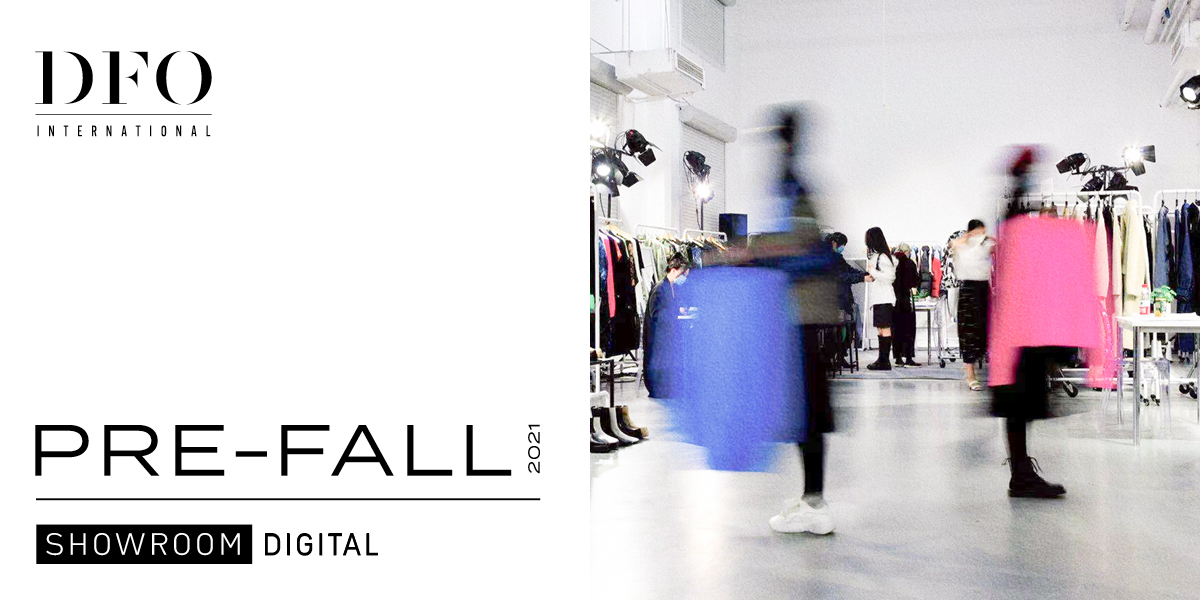
2021 trade fairs to have a more regional nature
Finding effective and efficient ways to sell online are the only solutions left to apparel brands wanting to grow in China.

4th May 2021
Innovation in Textiles
|
Geneva, Switzerland
Consumers are increasingly turning towards online retailers to buy apparel, and in China, e-commerce now accounts for over one quarter of all non-food retailing. How can brands succeed in this competitive market?
According to SGS, one of the world’s leading inspection, verification, testing and certification companies, headquartered in Geneva, Switzerland, it would be wrong to think the 2020 pandemic caused consumers to shift their shopping habits away from ‘bricks and mortar’ stores towards online retailers. Instead, it is better to view Covid-19 as an accelerator of trends that were already in motion.
It has recently been announced that all 93 shows for Paris Fashion Week Autumn/Winter 21/22 will be virtual
This acceleration has, however, been dramatic, and it has been global. In 2018, only 22% of US citizens shopped online for groceries but that figure shot up to 42% in 2020.
While the catalyst for this increase might have been the pandemic, it does not look as if the trend will be reversed when things return to normal.
Consumers inured to online
When Chinese apparel stores reopened following lockdown, they reported footfall levels of 50-60% below pre-crisis figures. The demand for fashion had not diminished, but what had changed was the desire of people to visit shops. At the same time, a protracted period at home has meant consumers have become inured to the process of shopping online.
During Paris Fashion Week in 2020, Chinese showroom agency DFO utilised livestreaming to reach Chinese buyers. It was estimated its audience was double the buyers who would have normally been able to travel to Paris. This resulted in the agency hitting 80% of its sales targets, with 95% of those sales being made online.
This trend is not going away. It has recently been announced that all 93 shows for Paris Fashion Week Autumn/Winter 21/22 will be virtual and even when it is possible for buyers to return to the catwalk, a sizeable constituent of consumers will remain online.
Advantages
Online retailing has many advantages for consumers. As the DFO figures demonstrate, a virtual showroom can reach a greater number of people than can physically sit beside the catwalk. Even for consumers on a high street budget, online shopping gives them greater choice and, when it is done correctly, is a more convenient and practical experience.

E-commerce also gives the consumer access to better information about a product, enabling them to make value judgements. More and more consumers are looking for transparency when choosing a product and they want to see evidence of greater sustainability and better quality. Online retailing allows manufacturers and brands to deliver this information with the click of a button. By accessing the correct part of the retail website, the consumer can easily find the accreditations and standards to which the manufacturer and the product conform.
It is predicted offline sales will continue to drop as businesses adjust to a post-pandemic world. The decline in Europe is expected to be between 8% and 13% and in the US between 22% and 27%. Finding effective and efficient ways to sell online are therefore the only solutions left open to apparel brands that want to grow their market share.
China Omnichannel
China has a growing, connected middle class with an extensive social media infrastructure. This has led to the creation of a highly digitalised retail ecosystem that was ready estimated to be worth US$1.5 trillion in 2019, accounting for a quarter of all sales.
Omnichannel retailing uses a wide variety of mechanisms to sell to consumers, shifting the market focus from key opinion leaders (KOL) to key opinion consumers (KOC).
The key to succeeding in an omnichannel market is the ability to map both product quality and the target audience’s engagement with the latest trends. Brands that are able to successfully chart this data will be at an advantage because they will have the information to bring the right product to the market at the right time, and via the right channel.
In a dynamic and competitive market like China’s, brand success is based on the ability to respond quickly to changes in consumer demand.
The SGS solution
SGS offers a comprehensive, vertical omnichannel solution that helps brands to successfully enter the Chinese e-commerce ecosystem. Built on the back of over 20 years of experience in helping Chinese manufacturers navigate the complexity of national and international regulations, the SGS China Omnichannel Solution incorporates:
-Market compliance – training on regulations and protocol development.
-Product compliance – material and product testing, label reviews, factory audits, etc.
-Consumer engagement – through livestreaming events and trusted certification labels such as the SGS Independently Checked Mark (IC Mark)
-Service enhancement – return and failure rate analysis, market spot-checks, random sampling checks
With more than 89,000 employees, SGS operates a network of over 2,600 offices and laboratories around the world.
For further details see:

Business intelligence for the fibre, textiles and apparel industries: technologies, innovations, markets, investments, trade policy, sourcing, strategy...
Find out more